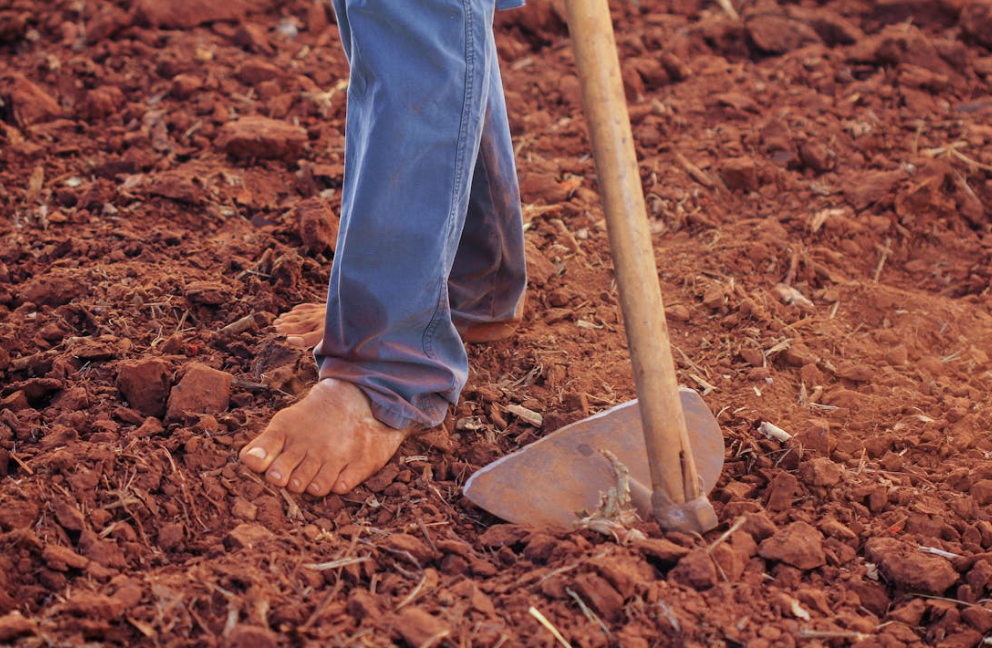The Majestic Metasequoia Tree: A Timeless Addition to Your Garden
- Get link
- X
- Other Apps
Introduction
The Metasequoia tree, also known as the Dawn Redwood, is a stunning and ancient species that adds a touch of grandeur to any landscape.
Known for its towering height, delicate foliage, and remarkable history, the Metasequoia glyptostroboides is a living fossil that can transform your garden into a space of natural beauty and historical significance.
In this blog, we will explore the unique characteristics of the Metasequoia tree, its growing requirements, and its various uses in landscaping.
Unique Characteristics
Fast Growth
One of the most notable features of the Metasequoia tree is its rapid growth rate. This deciduous conifer can grow up to 100 feet tall, making it an excellent choice for gardeners looking to add height and drama to their landscapes. Its straight, tall trunk and pyramidal shape create an imposing and elegant presence.
Delicate Foliage
The foliage of the Metasequoia is soft, feathery, and bright green during the growing season, turning a beautiful copper or reddish-brown in the fall before shedding for the winter. This seasonal color change adds visual interest and variety to your garden, ensuring that the tree remains a focal point throughout the year.
Growing Requirements
Light
The Metasequoia tree thrives in full sun to partial shade. It prefers at least six hours of direct sunlight daily, which promotes healthy growth and vibrant foliage. In shadier conditions, the tree may not achieve its full potential size and color.
Soil
Metasequoia trees are adaptable to a variety of soil types, but they prefer moist, well-drained soil. They can tolerate clay, loam, and sandy soils, as long as there is adequate moisture. Regular watering is essential, especially during dry spells, to keep the soil consistently moist.
Watering
Due to its preference for moist conditions, the Metasequoia requires regular watering, particularly when young. Established trees are more drought-tolerant but will still benefit from deep watering during prolonged dry periods.
Uses in Landscaping
Shade Tree
Thanks to its fast growth and tall stature, the Metasequoia makes an excellent shade tree. Planting it in a central location can provide ample shade for outdoor living spaces, reducing the need for artificial cooling and creating a more comfortable environment.
Specimen Tree
The majestic appearance of the Metasequoia makes it an ideal specimen tree. Its unique history and striking form can serve as a conversation starter and focal point in your garden. Plant it where it can be fully appreciated, such as near a patio or in a prominent part of the yard.
Windbreak
Due to its dense foliage and rapid growth, the Metasequoia can also function as an effective windbreak. Planting a row of these trees along the perimeter of your property can reduce wind speed and provide a protective barrier for other plants and structures.
Conclusion
By understanding its growing requirements and potential uses, you can effectively incorporate the Metasequoia into your garden design and enjoy its majestic presence for years to come. Consider planting a Metasequoia tree and experience the timeless allure of this living fossil.
- Get link
- X
- Other Apps





Comments
Post a Comment